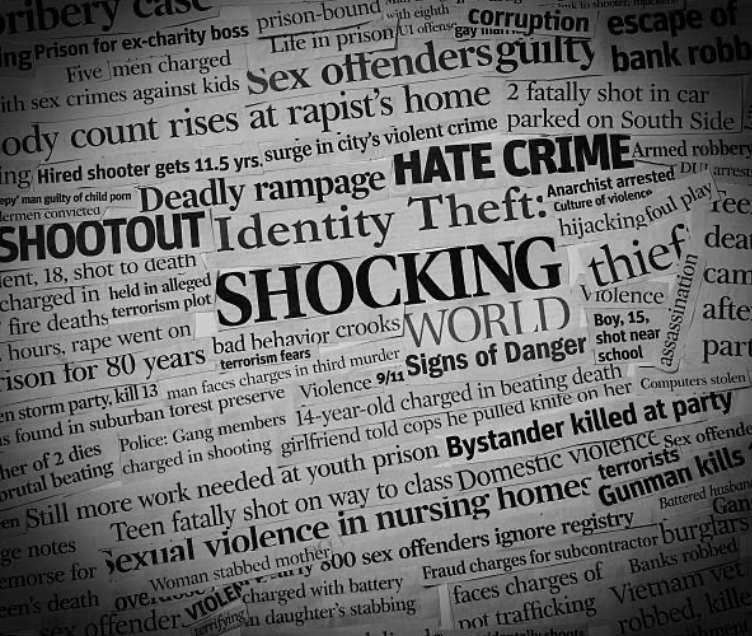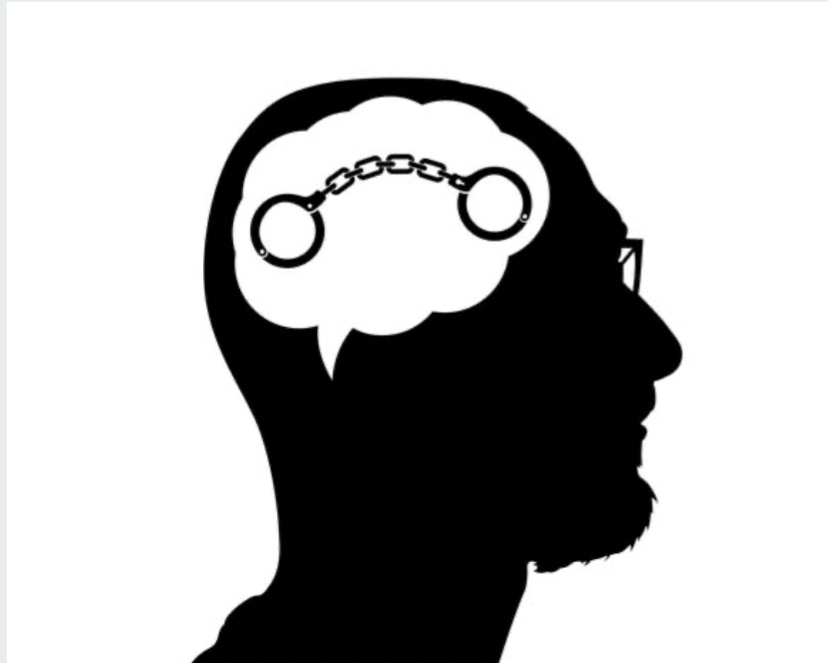Causes of white collar crime


Introduction
White-collar crime refers to non-violent, financially motivated offenses committed by individuals or organizations in professional or business settings. Unlike traditional crimes, such as theft or assault, white-collar crimes typically involve deceit, fraud, or manipulation for personal or corporate gain. In this article, we’ll examine white-collar crimes, exploring their various causes and developing working prevention and enforcement strategies.
White-collar crimes entail a wide range of non-violent, financially motivated offenses. They are typically committed by professionals, business executives, government officials, or individuals in positions of power. Many offenders feel free to engage in business crime because they can easily rationalize its effects. Some convince themselves that their actions are not crimes because the acts involved are not violent and do not resemble street crimes. For example, a banker who uses his position of trust to lend his institution’s assets to a company he secretly controls may see himself as a shrewd businessman, not as a criminal. Further, some business people feel justified in committing white-collar crimes because they believe government regulators do not understand the business world or the problems of competing in the free enterprise system.
Even when caught, many white-collar criminals cannot see the error of their actions. For example, one offender who was convicted in an electrical industry price fixing conspiracy categorically denied the illegality of his actions. “We did not fix prices,” he said; “I am telling you that all we did was recover costs. Some white-collar criminals believe that everyone violates business laws, so it is not so bad if they do so themselves. Rationalizing greed is a common trait of white-collar criminals.
Greedy or Needy?
Greed is not the only motivation for white-collar crime; need also plays an important role. Executives may tamper with company books because they feel the need to keep or improve their jobs, satisfy their egos, or support their children. Blue-collar workers may pilfer because they need to keep pace with inflation or buy a new car. Kathleen Daly’s analysis of convictions in seven federal district courts indicates that many white-collar crimes involve relatively trivial amounts. Women convicted of pink-collar crime typically work in lower-level positions, and their acts seem motivated more by economic survival than by greed and power. Even people in the upper level of the financial world may carry scars from an earlier needy period in their lives that can be healed only by accumulating ever-greater amounts of money.
A well-known study of embezzlers by Donald Cressey illustrates the important role need plays in white-collar crime. According to Cressey, embezzlement is caused by what he calls a “non-shareable financial problem.” This condition may be the result of offenders living beyond their means, perhaps paying up gambling debts; offenders feel they cannot let anyone know about such financial problems without ruining their reputations.
Cressey claims that the door to solving personal financial problems through criminal means is opened by the rationalizations society has developed for white-collar crime; Some of our most respectable citizens got their start in life by using other people’s money temporarily; in the real estate business, there is nothing wrong about using deposits before the deal is closed; all people steal when they get in a tight spot. Offenders use these and other rationalizations to resolve the conflict they experience over engaging in illegal behavior. Rationalizations allow offenders’ financial needs to be met without compromising their values. There are several theories of white-collar crimes which involve:
The corporate culture view
This view opined that some business organizations promote white-collar criminality in the same way that lower-class culture encourages the development of juvenile gangs and street crime. According to the corporate culture view, some business enterprises cause crime by placing excessive demands on employees while at the same time maintaining a business climate tolerant of employee deviance. New employees learn the attitudes and techniques needed to commit white-collar crime from their business peers.
The corporate culture theory can be used to explain the collapse of Enron. A new CEO had been brought in to revitalize the company, and he wanted to become part of the”new economy” based on the Internet. Layers of management were wiped out, and hundreds of outsiders were recruited. Huge cash bonuses and stock options were granted to top performers. Young managers were given the authority to make $5 million decisions without higher approval. It became common for executives to change jobs two or three times to maximize bonuses and pay. Seminars were conducted showing executives how to hide profits and evade taxes.
Those holding the corporate culture view would point to the Enron scandal as a prime example of what happens when people work in organizations in which the cultural values stress profit over fair play, government scrutiny is limited, regulators are viewed as the enemy, and senior members encourage newcomers to believe that “greed is good “.
Also, companies operating in countries with a culture of corruption may find it necessary to engage in bribery to secure business deals or permits. The case of Siemens, a German multinational, involved widespread bribery to win contracts in various countries
Self-Control View
The self-control view of white-collar crime is an explanation that focuses on individual characteristics and personal traits as factors that contribute to the commission of white-collar crimes. This perspective suggests that individuals with low self-control are more likely to engage in illegal activities, including white-collar crimes.
Hirschi and Gottfredson maintain that the motives that produce white-collar crimes with minimal effort -are the same as those that produce any other criminal behaviors. White-collar criminals have low self-control and are inclined to follow momentary impulses without considering the long-term costs of such behavior. Hirschi and Gottfredson have collected data showing that the demographic distribution of white-collar crime is similar to other crimes. For example, gender, race, and age ratios are the same for crimes such as embezzlement and fraud as they are for street crimes such as burglary and robbery.
White-Collar Law Enforcement System
On the federal level, detection of white-collar crime is primarily in the hands of administrative departments and agencies. The decision to pursue criminal rather than civil violations usually is based on the seriousness of the case and the perpetrator’s intent, actions to conceal the violation, and prior record. White-collar crime investigation and law vary by jurisdiction. For example, US investigations are carried out by the various federal agencies and the FBI. If criminal prosecution is called for, the case will be handled by attorneys from the criminal, tax, antitrust, and civil rights divisions of the Justice Department. If insufficient evidence is available to warrant a criminal prosecution, the case will be handled civilly or administratively by some other federal agency.
In Nigeria, the Economic and Financial Crime Commission (EFCC) is responsible for the investigation and prosecution of white-collar criminals with support from the Department of State Security (DSS) and the Independent Corrupt Practices and Other Related Offences Commission (ICPC)
National surveys of local prosecutors find that many jurisdictions do not consider white-collar crimes serious problems. They are more willing to prosecute cases if the offense causes substantial harm. Relatively few prosecutors participate in interagency task forces designed to investigate white-collar criminal activity.
Controlling White-Collar Crime
Unlike lower-class street criminals, white-collar criminals are rarely prosecuted and, when convicted, receive relatively light sentences. There have also been charges that efforts to control white-collar crime are biased against specific classes and races: Authorities seem to be less diligent when victims are poor or minority group members or the crimes take place in minority areas. For example, an upper-class white-collar offender may end up enjoying the funneling effect of the Justice system by engaging in plea bargains while a lower-class may face incarceration.
In years past, it was rare for a corporate or white-collar criminal to receive a serious criminal penalty. White-collar criminals are often considered non-dangerous offenders because they usually are respectable older citizens who have families to support. These “pillars of the community” are not seen in the same light as a teenager who breaks into a store to steal a few dollars. Their public humiliation at being caught is usually deemed punishment enough; a prison sentence seems unnecessarily cruel.
The prevailing wisdom, then, is that many white-collar criminals avoid prosecution, and those who are prosecuted receive lenient punishment. What efforts have been made to bring violators of the public trust to justice? White-collar criminal enforcement typically involves two strategies designed to control organizational deviance: compliance and deterrence.
Compliance Strategies
Compliance strategies aim for law conformity without the necessity of detecting, processing, or penalizing individual violators. At a minimum, they ask for cooperation and self-policing among the business community. Compliance systems attempt to create conformity by giving companies economic incentives to obey the law. They rely on administrative efforts to prevent unwanted conditions before they occur. Compliance systems depend on the threat of economic sanctions or civil penalties to control corporate violators.
One method of compliance is to set up administrative agencies to oversee business activity. The Securities and Exchange Commission regulates Wall Street activities, and the Food and Drug Administration regulates drugs, cosmetics, medical devices, meats, and other foods. The legislation creating these agencies usually spells out the penalties for violating regulatory standards. Another approach is to force corporate boards to police themselves and take more oversight responsibility. Compliance strategies attempt to create a marketplace incentive to obey the law; for example, the more a company pollutes, the more costly and unprofitable that pollution becomes. Compliance strategies also avoid stigmatizing and shaming businesspeople by focusing on the act, rather than the actor, in white-collar crime.
Deterrence Strategies
Pioneers of this strategy say that the punishment of white-collar crimes should include a retributive component similar to that used in common-law crimes. White-collar crimes, after all, are immoral activities that have harmed social values and deserve commensurate punishment. Even the largest fines and penalties are no more than a slap on the wrist to multi-billion-dollar companies. Corporations can get around economic sanctions by moving their rule-violating activities overseas, where legal controls over injurious corporate activities are lax or nonexistent. They argue that the only way to limit white-collar crime is to deter potential offenders through fear of punishment.
Deterrence strategies involve detecting criminal violations, determining who is responsible, and penalizing the offenders to deter future violations. Deterrence systems are oriented toward apprehending violators and punishing them rather than creating conditions that induce conformity to the law.
These strategies should work and they have because white-collar crime by its nature is a rational act whose perpetrators are extremely sensitive to the threat of criminal sanctions. Perceptions of detection and punishment for white-collar crimes appear to be powerful deterrents to future law violations. Although deterrence strategies may prove effective, federal agencies have traditionally been reluctant to throw corporate executives in correctional institutions.
Conclusion
White-collar crimes may lack the tension and visibility of street crimes, but their impact on society can be just as profound. Understanding the various causes of white-collar crimes, and consequences, is essential in providing effective law enforcement and control. As technology evolves and financial systems become more complex, addressing and preventing white-collar crimes remains an ongoing challenge that requires vigilance, regulation, and international cooperation.Both the corporate culture view and the self-control view provide valuable perspectives on understanding white-collar crime.




